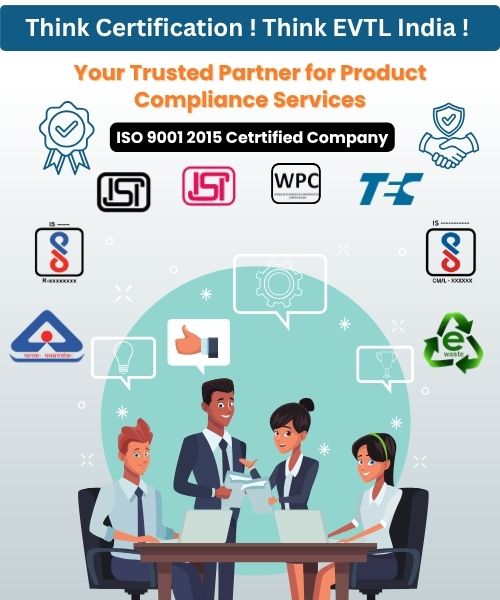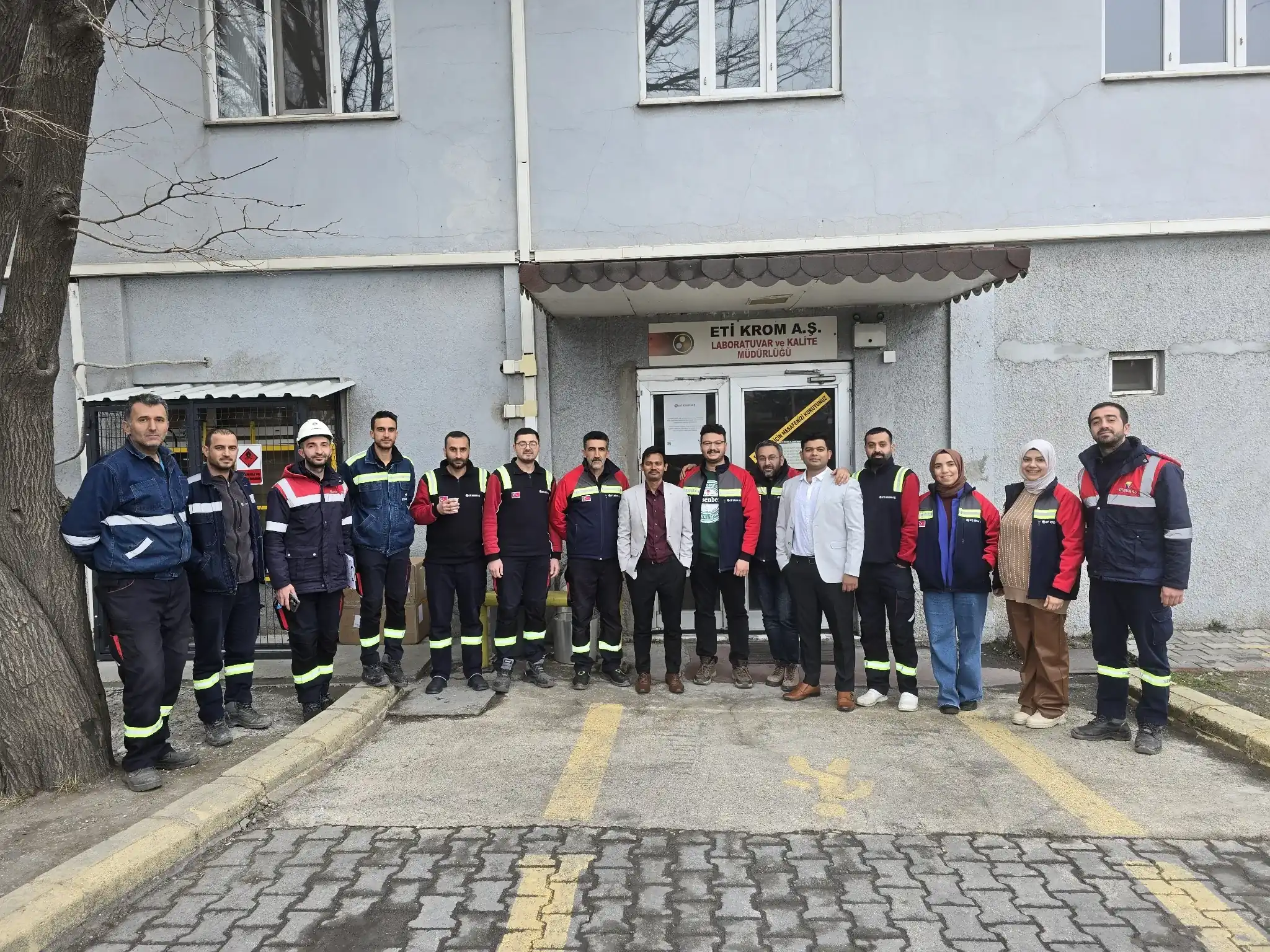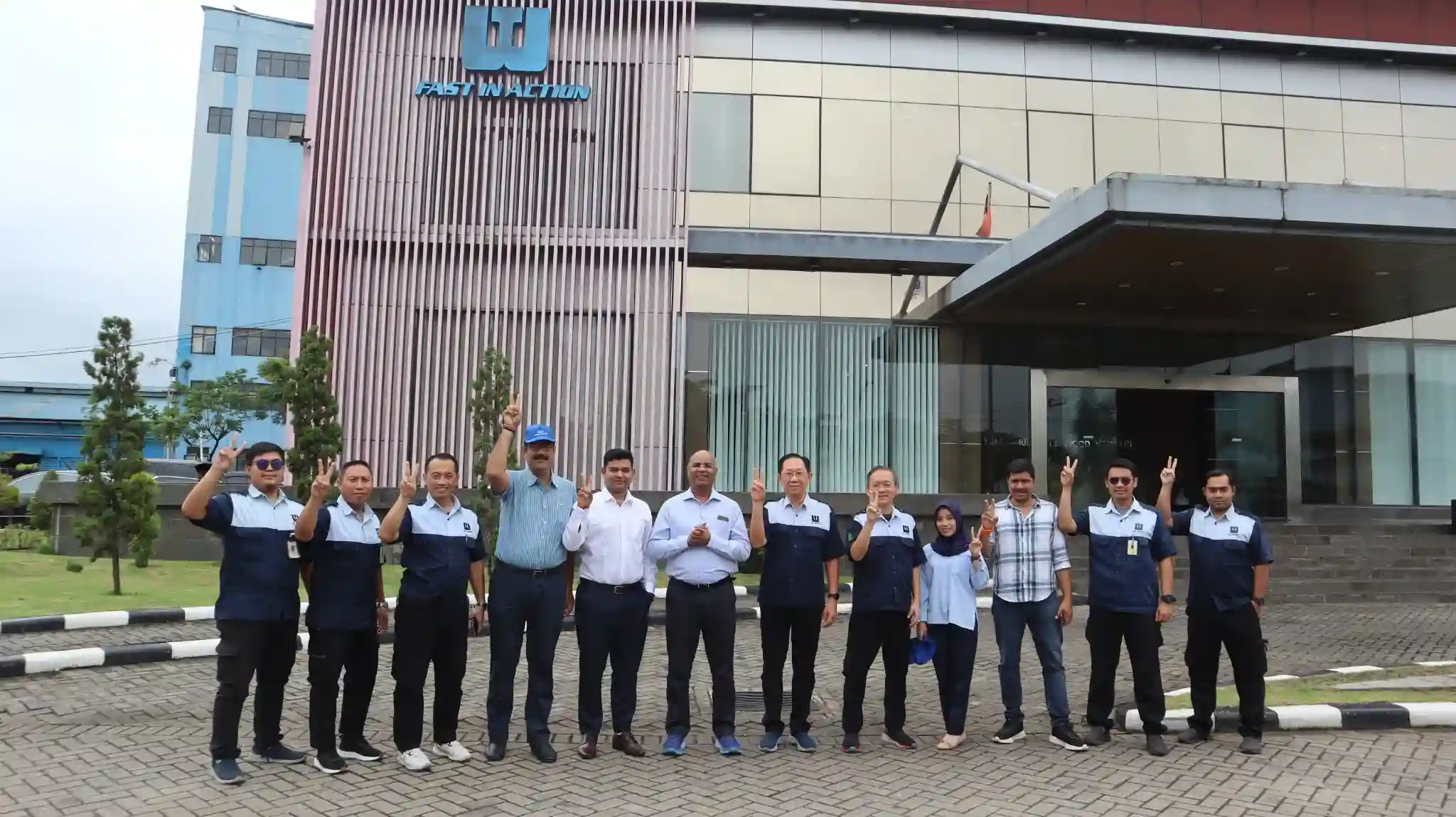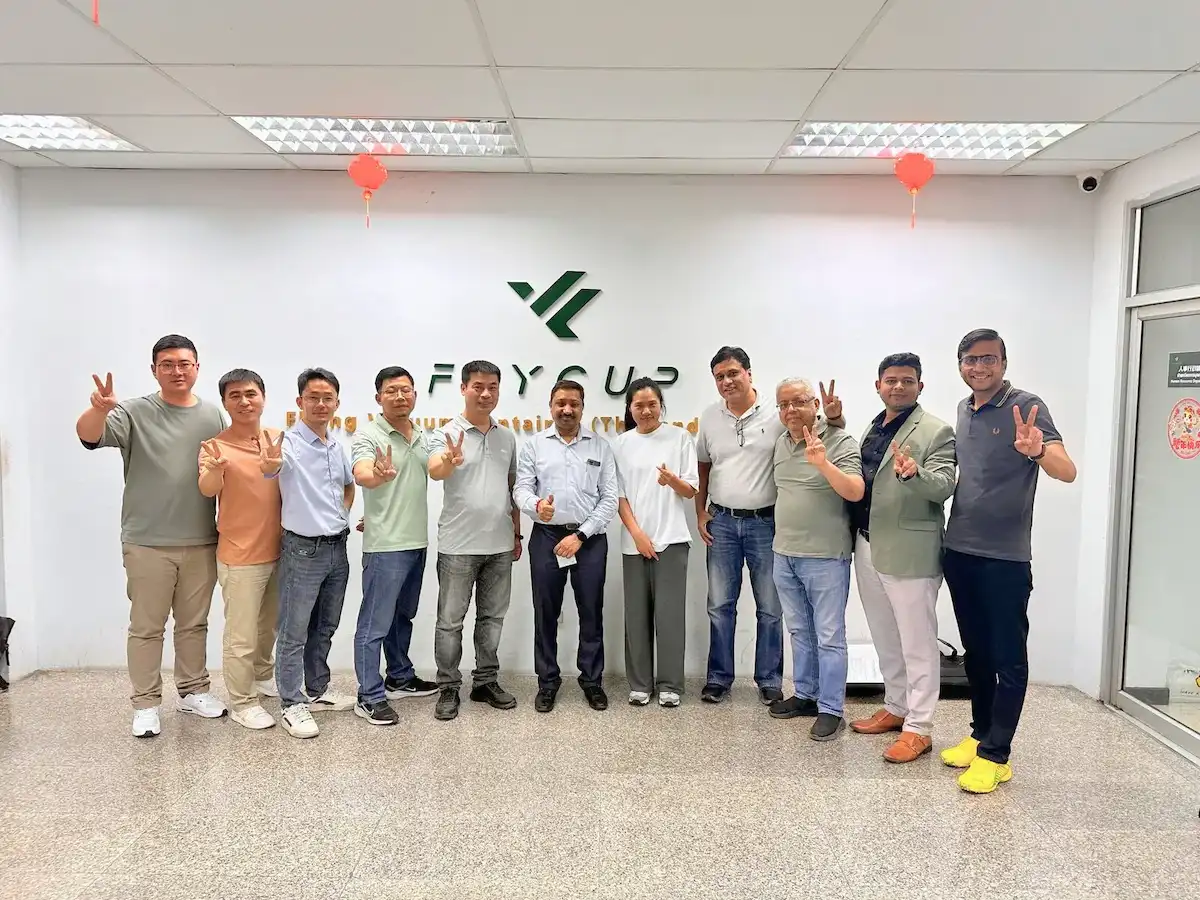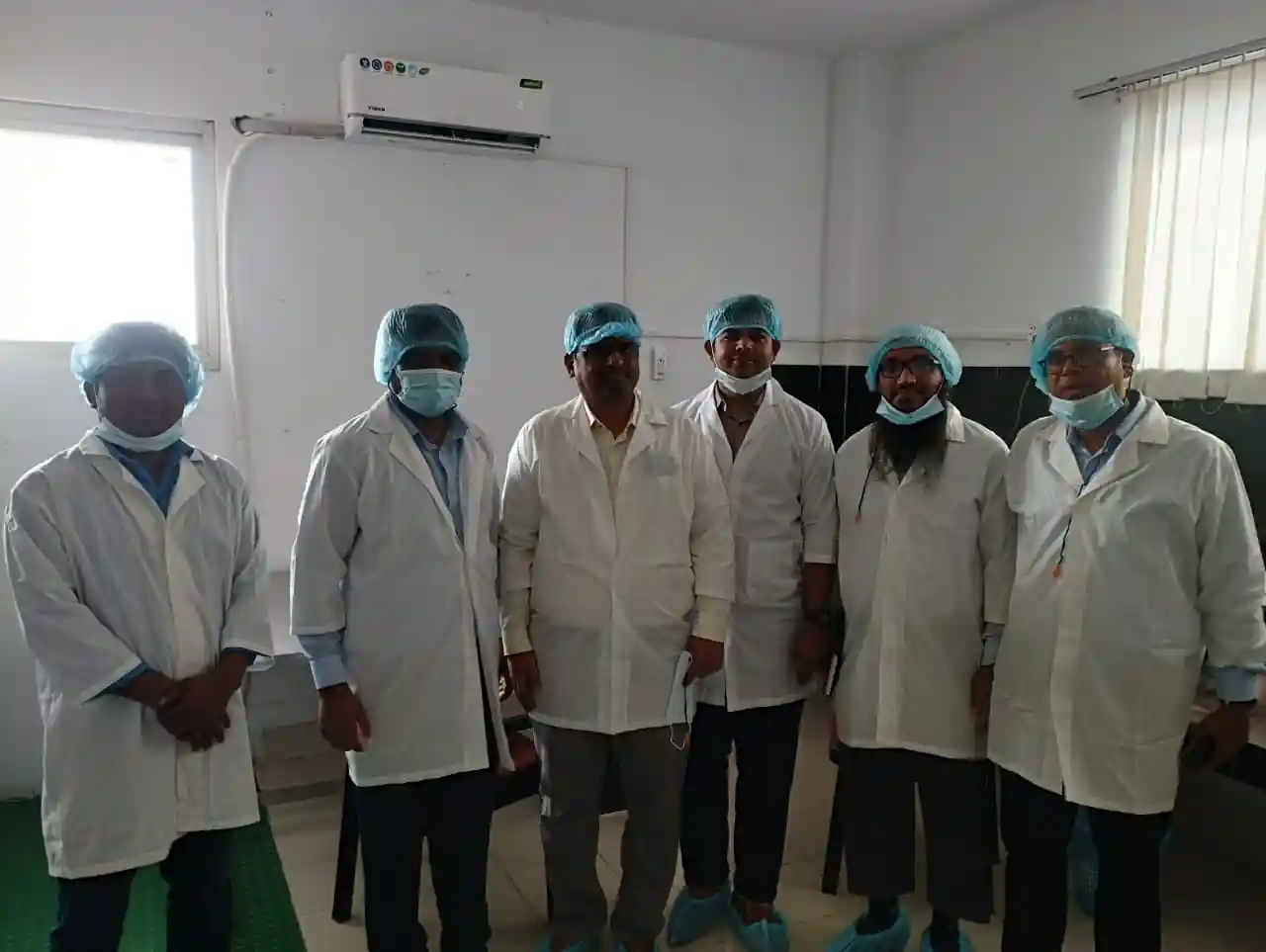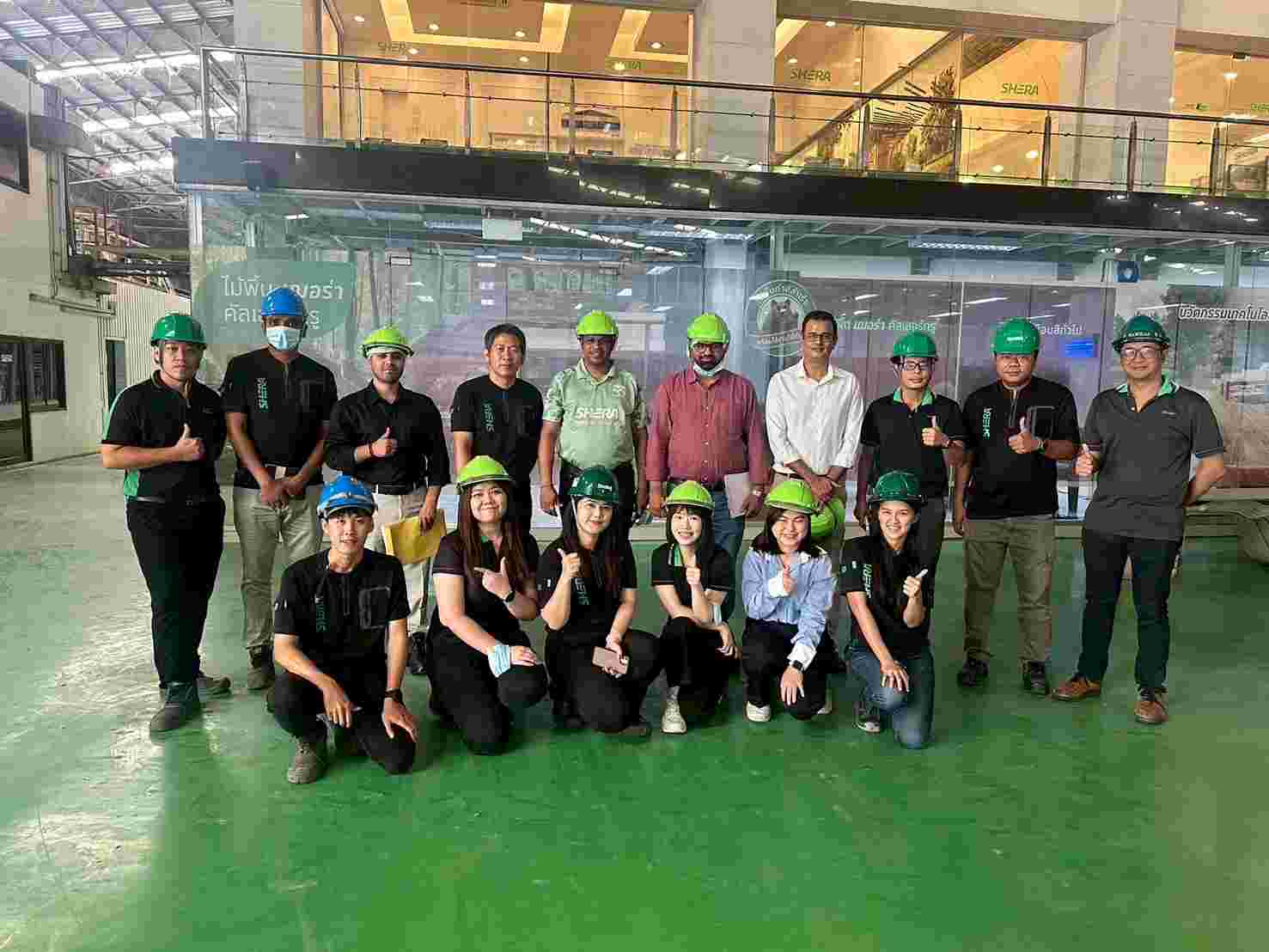Get A Quote
BIS Certification for Printers and Plotters IS 13252 (Part 1): 2010
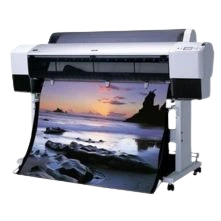
Printers and plotters compliant with IS 13252
(Part 1):2010 are advanced devices designed for high-quality printing and
plotting, essential in various professional and personal applications. These
devices offer superior printing capabilities, allowing for high-resolution
outputs that meet the demands of modern users.
User-friendly interfaces ensure ease of
operation, making it simple for users to produce prints with minimal training.
Equipped with robust safety features, these printers and plotters protect
against electrical hazards, ensuring dependable performance in diverse
environments. Their compatibility with various media types and seamless
integration into existing systems enhance productivity and streamline
workflows, making them valuable assets for businesses and individuals alike.
Introduction to CRS Certification for Printers and Plotters IS 13252(Part 1):2010
BIS CRS certification for printers and plotters is mandatory in India, ensuring compliance with safety and performance standards established by the Bureau of Indian Standards (BIS) as per Indian standard IS 13252 (Part 1): 2010. This certification promotes consumer safety and confidence in technology products.
The certification process involves a thorough evaluation of technical specifications and electrical safety. By obtaining CRS certification, manufacturers demonstrate their commitment to producing high-quality, reliable products that meet national regulations, enhancing product credibility and market access.
Why is CRS Certification Necessary for Printers and Plotters?
CRS (Compulsory Registration Scheme)
certification is essential for printers and plotters for several important
reasons. Firstly, it ensures adherence to critical safety standards, protecting
users from potential hazards such as electrical shocks and fires. Additionally,
the certification verifies that these devices operate efficiently and reliably,
meeting necessary technical specifications and performance benchmarks. This
instills consumer confidence, assuring them that the products are both safe and
compliant with regulatory requirements. For manufacturers, obtaining CRS
certification facilitates smoother entry into the Indian market and enhances
competitiveness. Overall, CRS certification helps manufacturers align with
national regulations while promoting the safety and reliability of printers and
plotters.
Overview of Indian Standard IS 13252(Part 1):2010 for Printers and Plotters
Indian Standard IS 13252(Part 1):2010 outlines
essential safety and performance criteria for printers and plotters. It ensures
that these devices operate efficiently while minimizing risks such as electric
shock and overheating. The standard includes specifications for electrical
safety, performance requirements, and testing procedures. Compliance with IS
13252(Part 1):2010 enables manufacturers to demonstrate their commitment to
quality and safety, enhancing product credibility and regulatory compliance.
Tests Performed
For CRS
certification of printers and plotters, the following tests are conducted:
1. Electrical Safety Tests: Assessing the risk of electric shock and ensuring
insulation resistance meets safety standards.
2. Performance Testing: Evaluating print quality, including resolution, color accuracy, and
speed.
3. Thermal Tests:
Measuring the device's ability to manage heat during prolonged use to prevent
overheating and ensure reliable performance.
4. Load Testing:
Determining the device's performance under various load conditions to ensure
stability and efficiency.
5. Environmental Testing: Assessing the device's durability under varying
temperature and humidity conditions to ensure it operates effectively in
diverse environments.
6. EMC Testing:
Evaluating electromagnetic compatibility to ensure the printer or plotter does
not interfere with other devices and operates safely within regulatory limits.
BIS Registration Process for Printers and Plotter
The BIS registration process differs slightly for domestic and foreign manufacturers but broadly follows these steps:
For Foreign Manufacturers:
- Nominate an Indian Representative: A foreign manufacturer must appoint an Indian Representative with a valid business presence in India to handle the registration process.
- Online Application Submission: The representative submits an application via the BIS portal, ensuring all details are accurate.
- Sample Testing: Printers and Plotter Samples are tested in a BIS-approved laboratory for compliance with IS 13252(Part 1):2010.
- Submit Complete Application: The application, along with test reports and required documents, is submitted online or in hard copy.
- BIS Verification: The BIS reviews documents and may conduct factory inspections.
- Grant of License: Upon successful verification, the BIS grants a license, allowing the use of the CRS mark.
For Domestic Manufacturers:
- Submit Online Application: Domestic manufacturers directly apply on the BIS portal to begin the registration process.
- Sample Testing: Like foreign manufacturers, samples are tested at a BIS-recognized lab.
- Submit Application: A complete application, including test reports, is submitted to the BIS.
- Verification: The BIS reviews documents and may inspect the manufacturing facility.
- License Grant: After successful verification, the BIS issues a license for using the CRS mark.
Documents Required for BIS Certification
Below is a comprehensive checklist of documents needed for BIS registration:
General Documents:
● Filled CDF/CCL forms.
● BIS application form.
● Business License (original + English translation).
● Scope of Business License (original + English translation).
● ISO Certification of the manufacturing unit.
● Product marking label details.
Additional Documents for Foreign Manufacturers:
● Authorization letter (if the signatory isn’t the manufacturing head).
● Trademark certificate.
● Indian Representative's registration proof.
● Photo ID of the authorized representative.
Technical Documents:
● User manual or technical specification sheet.
● Test reports from BIS-approved laboratories.
Conclusion
CRS certification is vital for printers and
plotters, ensuring safety, performance, and consumer confidence in a
competitive market. Navigating the complexities of BIS Registration can be
daunting, but with the expert guidance of EVTL India, manufacturers can achieve
compliance with ease and confidence. Our comprehensive support services help
ensure that your products meet stringent Indian standards, enhancing market
credibility and regulatory compliance. With extensive experience in
environmental laws and EPR compliance, EVTL India specializes in streamlining
the BIS registration process, from document preparation to coordination with
recognized laboratories. Our dedicated team manages the entire application
submission through the BIS portal, providing continuous support to ensure a
smooth process. After registration, we assist manufacturers in properly marking
their products with the Standard Mark and unique registration number, ensuring
full compliance with BIS standards. Partner with EVTL India to secure a
competitive edge in the printers and plotters market while prioritizing safety
and reliability.
Free Call Back
Latest News & Update
🚀 Breaking News: New software update available for all users!
💡 Latest Feature: Introducing AI-powered automation tools.
📅 Upcoming Event: Join us for the webinar on September 30th.
🕒 Support Hours: Expanded customer support hours next week.
⚙️ Tech Tip: Learn how to maximize productivity with our latest tools.
Why Choose EVTL INDIA
Expertise in Indian Regulatory Standards
End-to-End Support
Trusted by Top Indian & Global Brands
Fast Processing & Transparent Pricing
Strong Liaison with Indian Authorities
Company Profile